Words by Jumana

The most famous drawing of KalhuOh’Fummi
What comes to your mind as we speak of National day? Asking around, we at Ke-Leo got mixed responses. “It’s the day they made the new constitution of Maldives”. Somewhere between, “It’s the day that Maldives first became a republic” and “Well it’s not independence day, right?”, to “It’s the day some people from Cannanore got defeated by Maldives” the memory of a significant stepstone of history washed away. It took 449 years of events splattered through the pages of history, for Maldivian blood itself to no longer remember what was spilled during the liberation of Maldives after 15 years without sovereignty.
As a blood red sunrise streaked across the Western horizon “the 27th day of the fourth month” of 1558 A.D, Sultan Ali XI of the Maldives lay dead along a stretch of beach near Eid Miskiiy as two or three brave Maldivians battled a Portuguese battalion till death. Legend has it that after two hours of battle, a toddy tapper in Villingili saw the valiant efforts and swam to Male’, offering the coconuts to the King and soldiers – there weren’t many left fighting, as several noblemen ran towards the dark safety of Dungethi jungle even as battle broke out. It was the betrayal of a fellow Maldivian that led to these events today. Blood ran the streets where swords clashed with guns.
According to Rahunnaai Ranin by Naseema Mohamed, Sultan Hassan IX sought the aid of seafaring strongholds in the region, the Portuguese after he was facing plots to overthrow him at every turn. Dubbed the “King of eleven thousand isles”, he converted to Christianity and named himself Dom Manuel. He additionally ordered the Maldivian people to pay tribute to the Portuguese and to convert to Christianity. After two unsuccessful campaigns attempting to take over Male’, the person that changed the game was Adhiri Andhirin (Andreas Andrade?) who, with Viazor led the attack on Male’ that killed the King. Every tyrant however always finds his match…

Portuguese outpost in Goa
An aging Katheeb Hussain Thakurfaan looked over the Mathee Ashi at his sons. He had done his duty to the best of his abilities after two of the women he married passed away leaving him four children. Fatimafaan busied herself in serving the meal as the eldest, Ali thakurufaan ate. He then looked at the youngest, Hussain Thakurfaan who always had a light sense of humor and then Mohamed- the middle child. What a peculiar child he had been. After many a missed meal by Mohamed, he had followed his young child to see that he enjoyed the sport of trapping and capturing birds, only to let them go. When it came time to go and study at the town of Beydali (possibly in Turkey), it was also Mohamed who went and learned all he could. “You must all go this year and pay ‘tribute’ to the Portuguese command in Baarah this year in my stead”. he told his sons.

Bodu Thakurufaanu Ziyaaraaiy – 1885
As a nation of 480,000 people strong, with more reasons for division that unity, what can we learn from this impactful time in Maldivian history? We have learned that the deepest cuts of betrayal come from within, and that it is the attack of one of our own that tightened the leash around sovereignty. We also learned the value of not forgetting our roots, no matter how appealing ‘something different’ may seem. We must take the good and the bad, the enviable and the shameful parts of history and imbue ourselves with the rich lessons it offers.

Mohamed Thakurufaan of Utheemu Katheeb had stirred up a lot of feelings all the way in the capital Male’. Not only had the family been independent and fairly well-off, Mohamed had now married the late Sultan XI’s daughter Sitti Maava as his second wife and was said to have built a supremely fast boat by the name of Kalhu-Oh’ Fummi with sails from a special ‘Kaani’ tree in ‘Madivaru’ . Some say that even the Portuguese ‘caravel’ were no match for the boat. It had also been a few days that rumors of the boat zipping through an island had been making its rounds on the streets of Male’. Several islands lost their Portuguese stations and now consider themselves independent of the 15 year rule. The Guerilla warfare of Mohamed and Hussain Thakurufaanu had also resulted in the death of the eldest Ali Thakurufaanu.

The famous Kaani Tree the sails of Kalhu Oh’ Fummi came from
Today, it isn’t hard to see the contributions of our hero around every corner, even if it isn’t literally the name of the largest esplanade around Male’ City, Boduthakurufaanu Magu. The Maldives National Defense Force (MNDF) and all their achievements are owed to Mohamed Thakurufaan and the small but determined team he got together following a dark and defenseless period in our history. The range of religious knowledge and scholars 0hthroughout Maldives may have also had roots in learning at the helm of Yemen’s Zabrid-educated scholar, Mohamed Jamaluddin (Vaadhoo dhanna kaleyfaanu) who was tasked with being an educator to bring back islamic education to Maldives.

Mohamed Thurufaanu’s legacy is ours. The Maldivian people today. Small acts of progress, reaching milestones by the minute. He should be remembered as a wise and remarkable leader who showed us that we too can take our nation forward, one step at a time.

Utheemu Ganduvaru



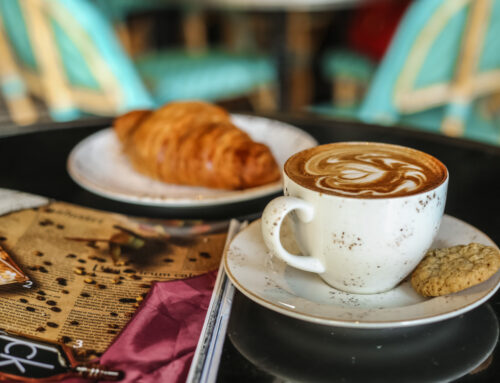
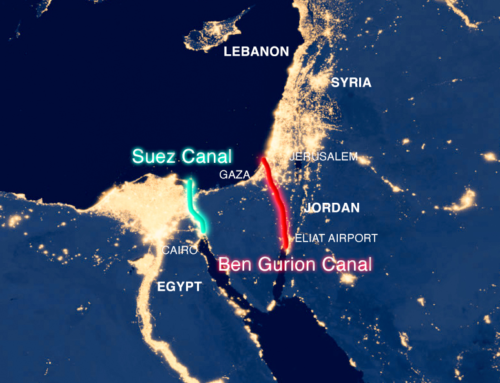
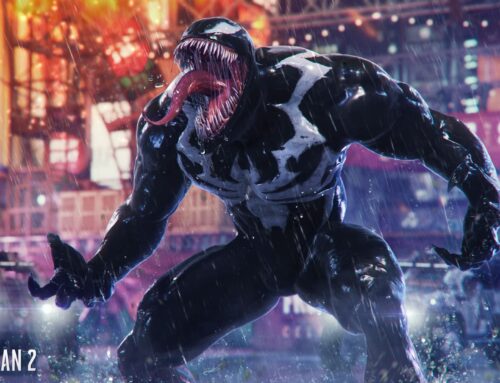
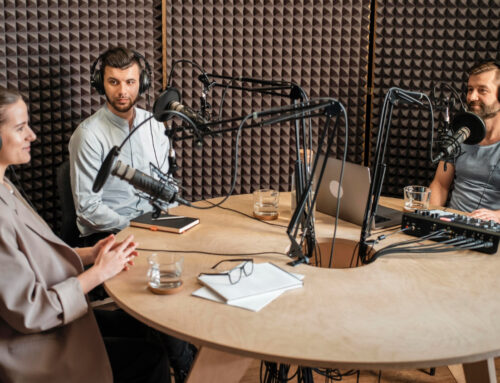
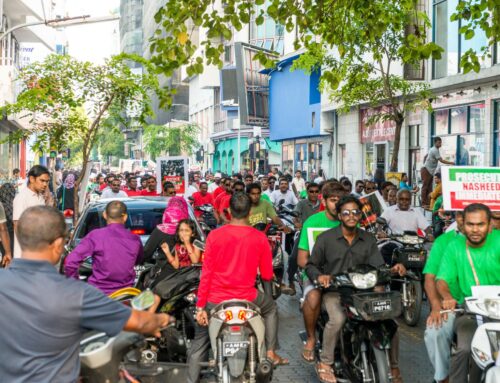

Leave A Comment